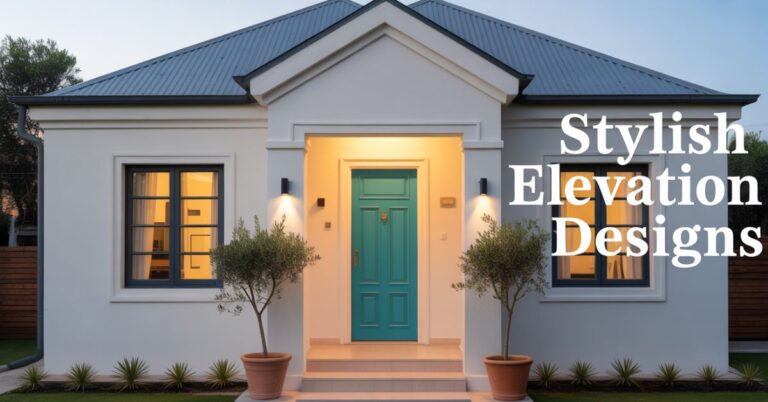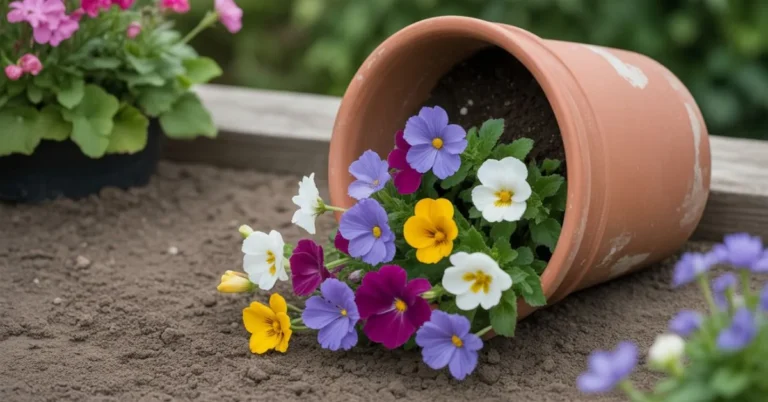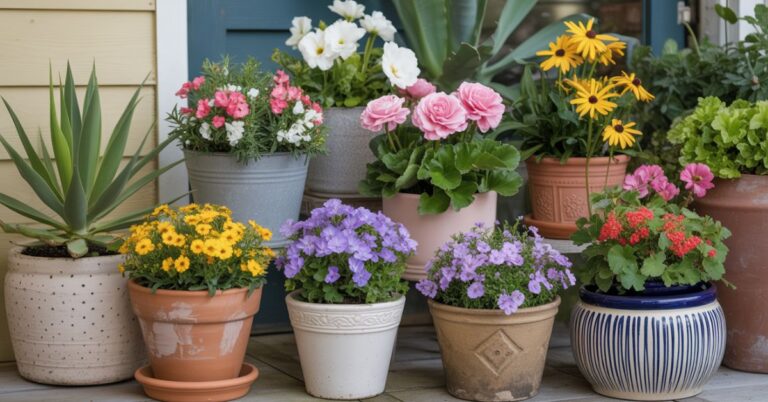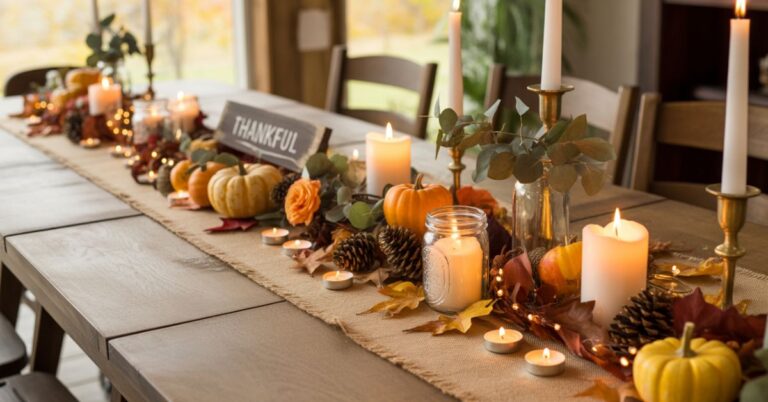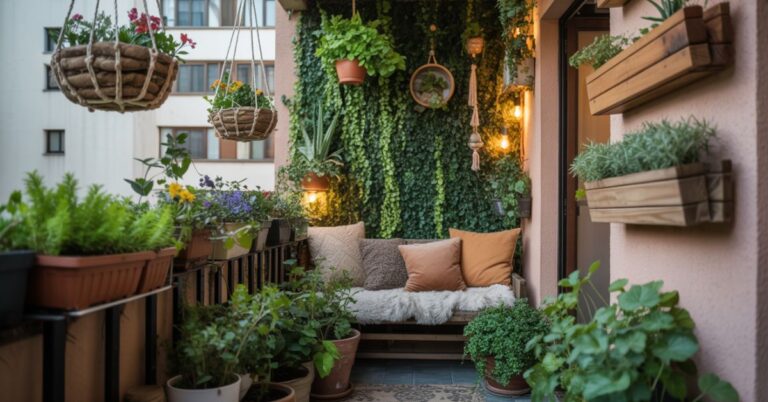Indoor Plants Styling to Transforming Your Space
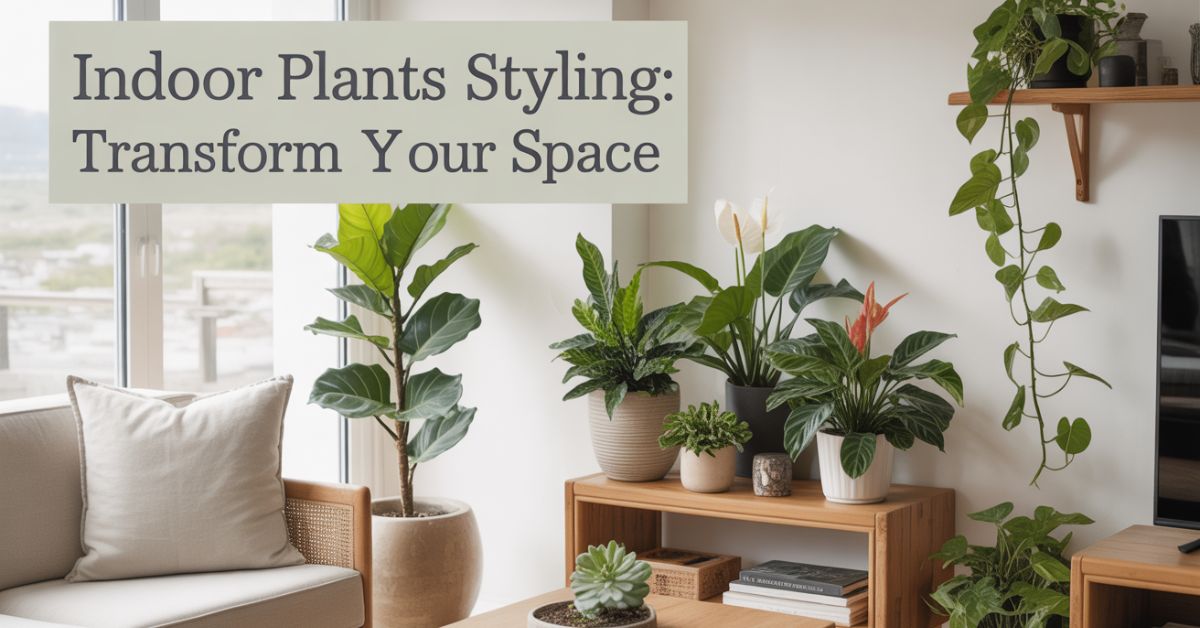
Modern interiors are evolving, and one of the most transformative trends in recent years is the integration of greenery into everyday spaces. While owning plants is easy, the challenge lies in styling them effectively. Many homeowners buy plants with excitement, only to find themselves confused about where to place them, which containers to use, and how to create a cohesive look. The result? A cluttered corner or lifeless display that doesn’t do justice to the beauty of nature.
This is where indoor plants styling comes in. It’s the art of arranging, grouping, and displaying plants in ways that harmonize with furniture, décor, and natural light. Beyond being trendy, styling plants indoors improves mental well-being, enhances aesthetics, and turns your home into a serene escape from the outside world.
This ultimate guide will walk you through everything you need to know about plant choices, containers, placement, room-by-room tips, trending styles, and common mistakes. Whether you live in a spacious loft or a compact apartment, you’ll find practical and creative strategies to master indoor plants styling.
What Is Indoor Plants Styling?
Indoor plants styling is not simply about owning plants; it’s about integrating them seamlessly into your home design. Just as furniture, lighting, and artwork shape a room’s personality, plants act as natural design elements that breathe life into your space.
Styling includes:
- Selecting the right plants for your interior’s theme.
- Choosing containers that complement your décor.
- Positioning plants based on height, spread, and light requirements.
- Grouping plants to create focal points or soften architectural lines.
Think of it as curating a living, growing art collection inside your home. Done right, it reflects your personality, enhances your style, and makes your home more welcoming.
Why Indoor Plants Styling Matters for Your Home
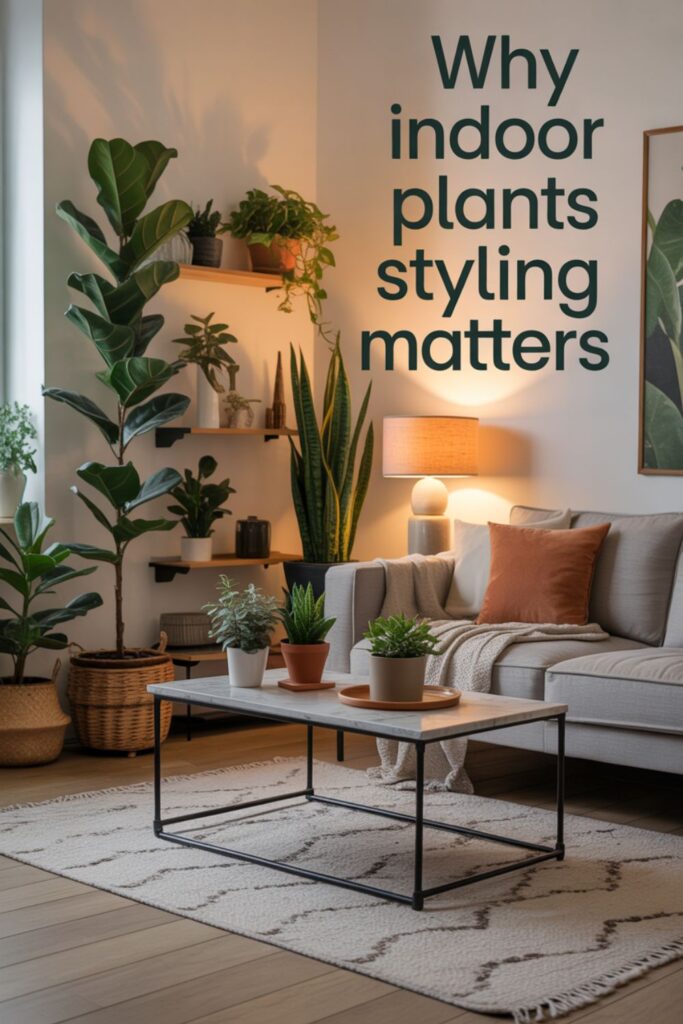
Plants styled with intention change the way a home feels and functions.
1. Psychological Benefits
Indoor greenery reduces stress, lowers blood pressure, and boosts mood. Studies by NASA and environmental psychologists confirm that styled indoor plants increase productivity, making them perfect for home offices and study areas.
2. Aesthetic Appeal
Indoor plants act as natural accessories. They add texture, layers, and pops of color that bring depth to minimalist interiors or balance to vibrant spaces.
3. Improved Air Quality
Certain plants like Peace Lily, Spider Plant, and Boston Fern absorb toxins, creating a healthier living environment. Styling them in key areas means beauty and function go hand in hand.
4. Space Transformation
Well-styled plants soften harsh corners, highlight architectural features, and create natural dividers between spaces. They can make small apartments appear larger and more inviting.
Read More About: 35+ House Plants Decor For Stylish Indoor Greenery
Room-by-Room Indoor Plants Styling Ideas
Living Room Styling
The living room is often the first place guests notice, making it the ideal stage for indoor plants styling.
- Use tall statement plants like Fiddle Leaf Fig, Rubber Plant, or Bird of Paradise near windows or seating areas.
- Style coffee tables with small potted succulents or bonsai trees for a chic touch.
- Create “green corners” by clustering plants of different heights in decorative stands.
- Add trailing varieties like Pothos or String of Pearls on floating shelves to create cascading drama.
Bedroom Styling
The bedroom should feel restful, so keep styling soft and minimal.
- Choose air-purifying plants like Snake Plant, Aloe Vera, or Lavender for better sleep quality.
- Place small plants on nightstands, dressers, or window sills.
- Use macramé hangers for trailing plants, which save space and add a cozy vibe.
- Avoid overpowering the room with too many plantsopt for a few carefully chosen pieces.
Kitchen Styling
The kitchen is the heart of many homes and a practical place for greenery.
- Style herbs like basil, mint, parsley, or rosemary in small pots on windowsills for easy cooking access.
- Add vertical herb gardens or magnetic wall planters to maximize space.
- Place trailing plants like Ivy or Pothos above cabinets to soften sharp edges.
Bathroom Styling
Bathrooms can benefit from humidity-loving plants.
- Ferns, Orchids, and Peace Lilies thrive in moisture-rich conditions.
- Place small pots on vanity tops or floating shelves.
- Use hanging baskets for trailing greenery to create a spa-like feel.
Home Office Styling
Your workspace should inspire focus and creativity.
- Desk-friendly plants like ZZ Plant, Pothos, or Lucky Bamboo provide greenery without clutter.
- Place larger plants behind your chair or near shelves to create an inspiring backdrop for video calls.
- Avoid plants with strong fragrances that may distract.
Design Principles for Indoor Plants Styling
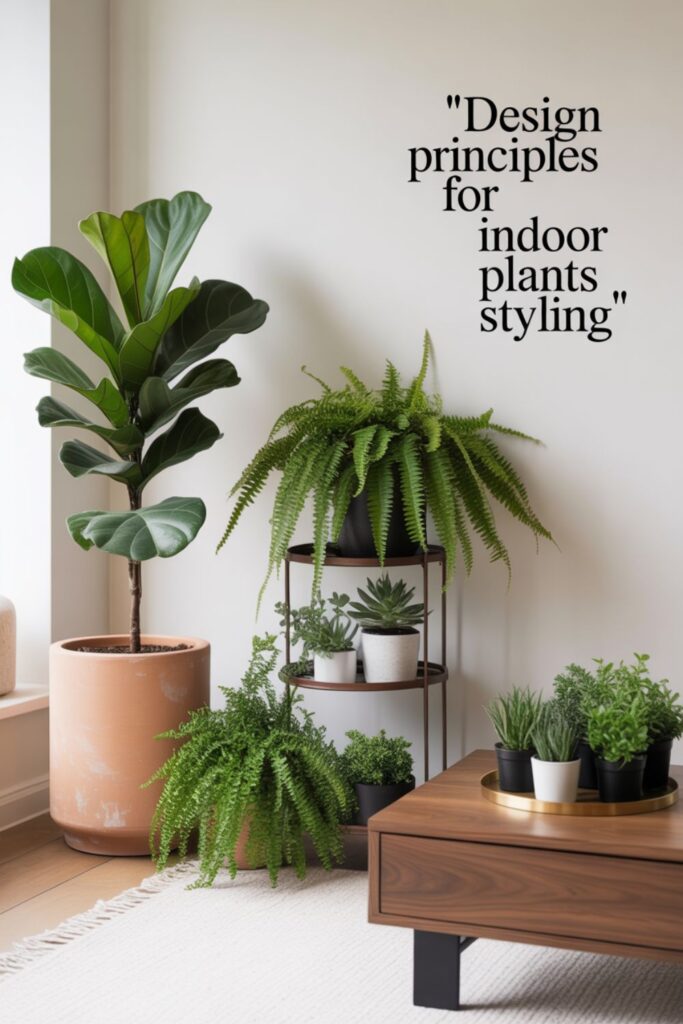
1. Scale and Proportion
Match plant size to the scale of your furniture. A tall Monstera looks stunning beside a sofa, while a small cactus works best on a side table.
2. Layering
Layer plants of varying heights and leaf textures. Use stands, shelves, or hanging baskets to create vertical depth.
3. Repetition
Repeating similar plant types or containers throughout the space creates rhythm and cohesion.
4. Balance
Balance large statement plants with clusters of smaller ones to avoid visual heaviness in one area.
5. Color Harmony
Coordinate leaf colors with your décor palette. Deep greens suit neutral modern interiors, while patterned leaves add vibrancy to eclectic rooms.
Trending Styles for Indoor Plants Styling
Scandinavian Minimalism
Clean lines, neutral pots, and leafy greens like Rubber Plant, Monstera, or Snake Plant dominate this look.
Bohemian Jungle
A layered, lush vibe with macramé hangers, woven baskets, and trailing plants. Perfect for cozy, artistic homes.
Japandi Zen
Minimalist Japanese-Scandinavian fusion. Bamboo, bonsai, and simple ceramic planters emphasize calm and balance.
Read More About: 25+ Indoor Plant Complete Guide Benefits, and Care
Industrial Chic
Concrete planters, steel stands, and hardy plants like Snake Plant or Aloe Vera complement raw brick and metal finishes.
Mid-Century Modern
Iconic planters on wooden stands paired with statement plants like Bird of Paradise or Dracaena echo retro vibes.
Choosing Containers for Indoor Plants Styling
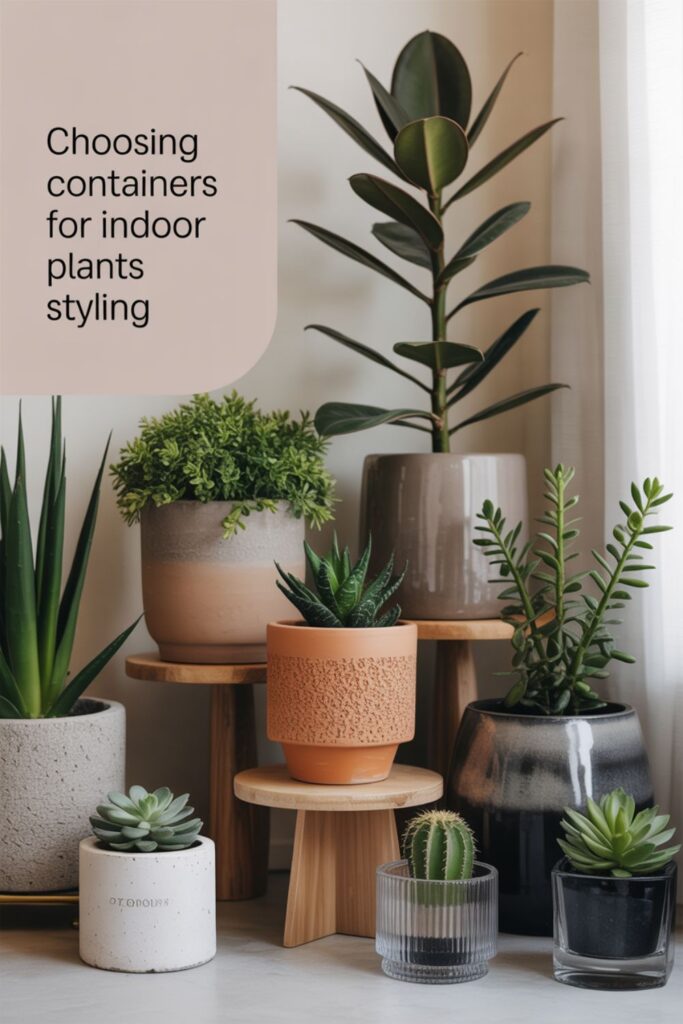
The right container completes your styling story.
- Terracotta Pots: Earthy, rustic, breathable. Great for boho or farmhouse styles.
- Ceramic Pots:Glazed, colorful, or patterned ideal for statement styling.
- Concrete Planters: Perfect for industrial or minimalist looks.
- Metallic Containers: Add glam, especially in modern interiors.
- Hanging Baskets: Save floor space, great for trailing greenery.
- Glass Terrariums: Ideal for succulents or cacti arrangements.
Indoor Plants Styling by Plant Type
Tall Statement Plants
- Fiddle Leaf Fig
- Rubber Plant
- Bird of Paradise
Use them to frame furniture, anchor corners, or highlight entryways
Medium Plants
- Peace Lily
- Calathea
- Anthurium
Style them on sideboards, consoles, or plant stands.
Small Plants
- Succulents
- Cacti
- Herbs
Perfect for desks, bookshelves, and countertops.
Trailing Plants
- Pothos
- String of Pearls
- Philodendron
Great for shelves, hanging baskets, or wall-mounted planters.
Seasonal Indoor Plants Styling Ideas
- Spring: Add bright flowering plants like Orchids or African Violets.
- Summer: Style with tropical greens like Palm varieties.
- Fall: Use rustic terracotta pots and warm-hued foliage like Croton.
- Winter: Style evergreen indoor plants with fairy lights for a festive touch.
Common Indoor Plants Styling Mistakes to Avoid
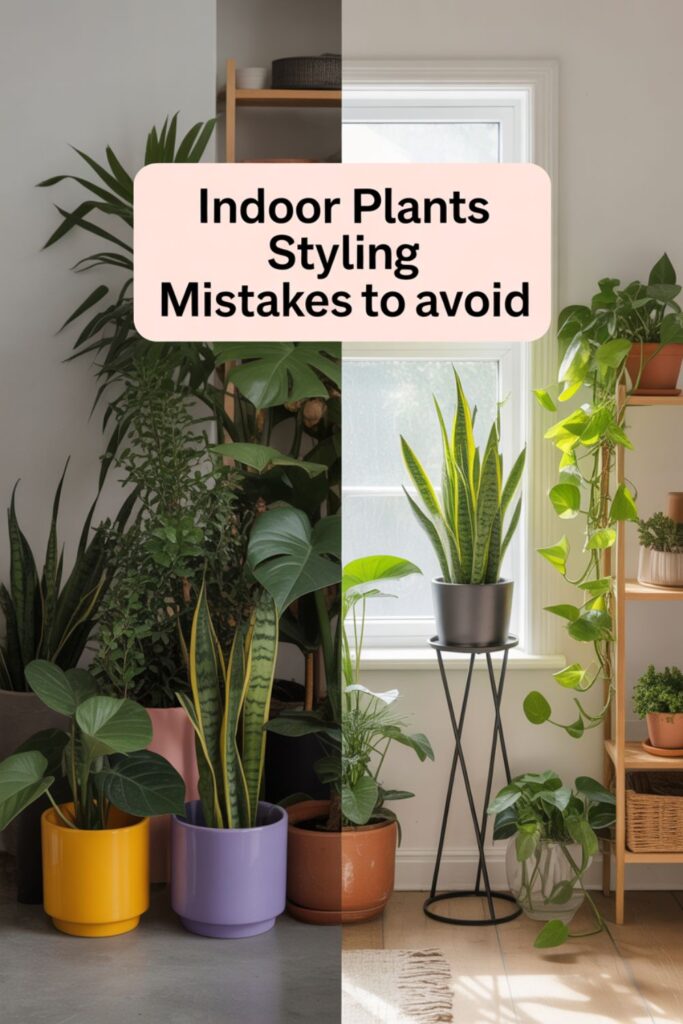
- Overcrowding:Too many plants in one spot look messy.
- Ignoring Light Needs: Styling should never compromise plant health.
- Mismatched Containers:Too many colors or textures create clutter.
- Neglecting Maintenance: Styled plants should be easy to water and prune.
- Forgetting Scale:A tiny plant in a huge pot or an oversized plant in a narrow hall disrupts balance.
Pro Tips for Perfect Indoor Plants Styling
- Rotate plants every few weeks for even growth.
- Use mirrors to reflect greenery and make small spaces appear larger.
- Combine floor plants with wall planters for multi-dimensional styling.
- Pair plant types with matching décorsucculents with modern décor, lush ferns with rustic settings.
- Experiment with stands and shelves to elevate plants and free up floor space.
FAQs About Indoor Plants Styling
How do I style indoor plants in small apartments?
Opt for vertical arrangements like wall planters, ladder shelves, or hanging baskets. Small succulents and air plants also maximize style without taking up space.
What are the best indoor plants for beginners?
Snake Plant, ZZ Plant, and Pothos are nearly indestructible, making them perfect for first-time plant owners.
Do indoor plants need direct sunlight?
Not always. Many plants, such as Peace Lily, Calathea, and Cast Iron Plant, thrive in indirect or low light.
How many plants should I style in one room?
There’s no fixed rule, but balance is key. Start with 3–5 plants and scale up depending on room size.
Can plants be styled as dividers?
Yes, tall plants like Bamboo Palm or large Rubber Plants work beautifully as natural space dividers in open-plan living.
Conclusion
Indoor plants styling transforms homes into vibrant sanctuaries by blending nature with design. Whether you’re working with a compact apartment or a spacious villa, thoughtful styling brings life, depth, and balance to your interiors. From choosing containers to arranging plants by height, style, and color, the process is both creative and therapeutic.
Start small if you’re a beginner try a Snake Plant in the entryway or trailing Ivy in the kitchen. Over time, experiment with layering, focal points, and trending styles like Scandinavian or Bohemian. Treat plants not as afterthoughts, but as central design features.
When you curate plants as part of your home’s story, you don’t just decorate, you create a living, breathing environment that uplifts mood, improves air quality, and expresses your personality. With the right approach, your home becomes more than a house; it becomes a green oasis of style and serenity.

